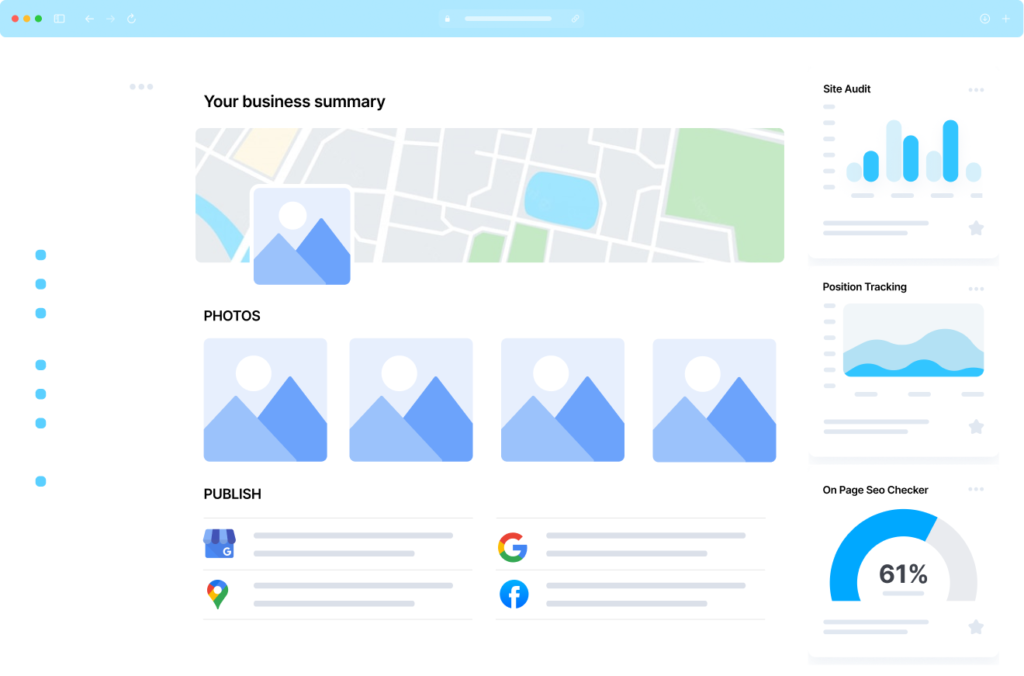- HOME
- -
- Services
- -
- Local SEO
Web Design

What is Affordable Web Design?
Affordable web design refers to cost-effective services focused on creating visually appealing and functional websites without incurring high expenses. It involves using efficient design principles, templates, and tools to deliver a professional-looking website that meets client requirements and budget constraints, suitable for small businesses, startups, or personal projects.
Affordable Web Design Services Benefits
Affordable Web Design services include:
- Custom Website Design
- Responsive Design
- Content Management System (CMS)
- Basic SEO
- Support and Maintenance
- Contact Forms and Basic Functionality:
Why businesses a lot of company choose us?

Lorem ipsum dolor sit amet consectetur adipiscing elit, ac et lacinia donec morbi

Lorem ipsum dolor sit amet consectetur adipiscing elit, ac et lacinia donec morbi

Lorem ipsum dolor sit amet consectetur adipiscing elit, ac et lacinia donec morbi
FAQS
Frequently Asked Questions
Web Design focuses on optimizing business visibility for local search queries.
Web design involves creating the visual appearance and user interface of a website. It's crucial because it influences user experience, brand perception, and can impact business goals like conversions and engagement.
Web design focuses on the aesthetic and user experience aspects of a website, including layout, colors, fonts, and imagery. Web development involves the technical implementation and functionality, such as coding, database management, and server configuration.
Costs vary widely based on factors like complexity, features, and the expertise of the design team. Simple websites can cost a few hundred dollars, while complex, custom-designed sites can range into thousands of dollars.
A good website design should include clear navigation, responsive design for mobile devices, intuitive user interface, fast loading times, high-quality visuals, compelling content, and strong branding elements that reflect the company's identity.
The timeline depends on the complexity and scope of the project. A basic website might take a few weeks, while larger or more custom-designed sites could take several months. Clear communication and timely feedback from both parties help streamline the process.

